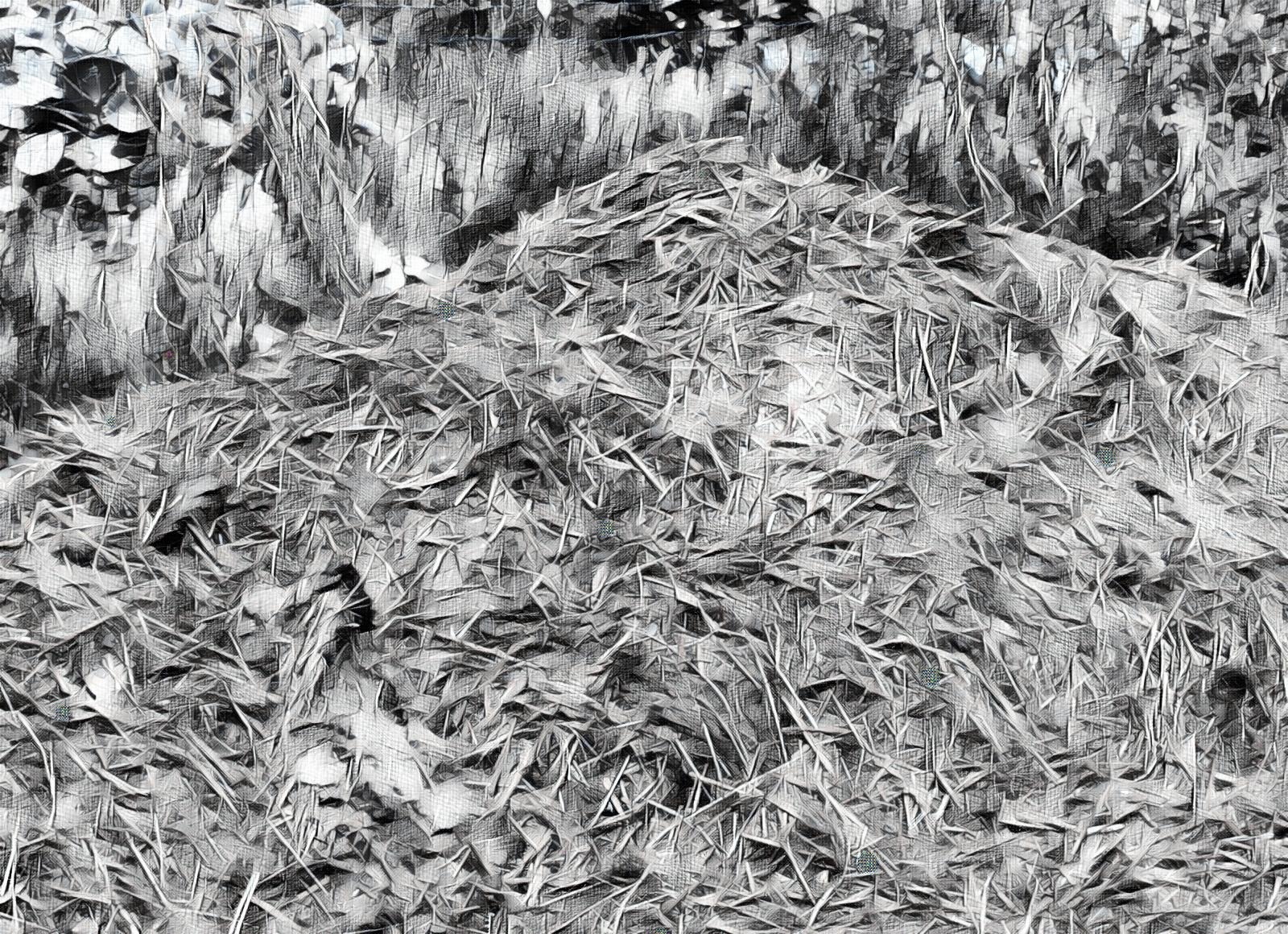In the past, one could easily guess that one has reached a village habitation. At first, one would see and smell the Farm Yard Manure from the Pentalu or farmyard manure compost pits located on either side of the road leading to the habitation. Some people also had a Doddi near the habitations. Doddi is an enclosed place with vegetative fencing as a boundary. The domestic animals such as cattle were kept here and the dry grass used as fodder for them was also stored in heaps. The farmyard manure pits are also located within the premises of a Doddi. The waste material collected from a house after sweeping also ended up in the farmyard manure pits. Sometimes the family members also used the place as an open toilet in turns. It was well protected and had some privacy especially for women.
Annually the Farm Yard Manure was taken from the compost pits and spread in the fields in the peak summer, that is done before the arrival of monsoon rains. Often the manure was dug using a Dante (a wooden scrapper) and collected in the vine baskets, it was lifted onto the Bullock carts and spread in their respective fields. The well-matured compost appeared in the colour of coffee and always smelled very good. The smell of compost is the smell of the happy microbial life living in the soil. Probably these close observations later in my life helped me to work on biochar compost.

The smell of compost is the smell of mother womb




